I had never been to Mexico prior to this trip. Also, being Swedish meant that my Spanish was pretty much non-existent. That wasn’t going to stop me. I could not have been more excited about my solo road trip to the Baja Peninsula in Mexico. I had been planning it for quite some time. What better vehicle to do this trip in than my daily driver, a 22 year old Land Rover Defender. I often lovingly refer to it as “a loosely associated collection of parts, generally traveling in the same direction”. What could possibly go wrong with this plan? As it would turn out, not a whole lot.
I did receive a fair share of warnings and concerns about traveling to Mexico, but I soon came to realize that almost all of these ominous warnings came from people who had not yet set their foot in Baja, so I decided to suspend these concerns and find out for myself. Despite my strong desire for adventure, I’m not a completely reckless risk-taker. I prefer carefully calculated risks. The trick to this is planning and preparation. Plan for the worst and expect the best.
Tip# 1. It’s a good idea bring photo copies of all your papers, including your passport and tourist card (FMM). The military checkpoints can be unnerving at first but you really do get use them quickly and after a while I was actually looking forward to these pleasant attempts at conversations. Don’t judge me. Solo travel can get lonely.

The basic plan was to drive from Portland, Oregon to San Diego, then cross the border in Tijuana and head down into Baja California Sur (BCS) where I was to meet my friend Steve in Ciudad Constitucion on January 4th. Selecting a specific meeting date meant that even after having driven 1000 miles in order to cross the border, I still had quite a bit of driving to do in order to get our designated rendezvous point on time.
The Mex 1, also known as the Trans-peninsular Highway, is almost in its entirety a stunningly beautiful drive but I was quickly reminded that I was now in Baja. Life moves at a much different pace here. Road construction, semi-trucks, livestock napping in the middle of the road and military check points means that you can no longer drive like you’re on the Autobahn. Tip# 2. It is sound advice therefore to plan your driving legs ahead of time and portion them in reasonable chunks with plenty of extra time delays. Another important thing to remember, whatever you do, don’t drive at night.


El Rosario on the west coast of Baja California Norte is the last fuel stop heading south before “the gas gap” which is a 195 mile stretch of road without any gas stations. Here you are well advised to top off your tank and fill up any spare fuel cans that you might want to bring. El Rosario is also the home of Mama Espinoza’s fantastic lobster burritos, which you certainly do not want to miss. Make sure to pair them with a couple of Margaritas.
The first portion of the gas gap is a section of windy roads that gradually gain in altitude. This seemed like the perfect place for me to completely ignore the sound advice of not driving after dark. At night the paved roads emit the heat collected during the day and not surprisingly, all the freely roaming cows, burros, horses, goats and pigs are drawn to the warmth the asphalt emits. As if that’s not all, there’s also semi trucks driving at night. Lots of them. Truck drivers prefer to drive at night in order to avoid daytime traffic. For good measure also throw in mist, rain and a broken windshield washer and you have yourself a proper adventure.






The day had finally arrived and I was in Ciudad Constitución. When I rolled into our designated meeting area, wait for it…an Autozone, Steve was in the midst of finishing up an oil change on his Defender Ambulance Camper. Following a proper sitting of telenovelas, goat tacos and Cervesas we proceeded to stock up on provisions. Tip# 3. Before heading out into the wilderness, make sure you hit up one of the Tortillerias and buy yourself a kilo or two of the freshest and most delicious tortillas you’re likely ever to enjoy. Filtered water is readily available at one of the many water filtration stores scattered around town. I paid 50 cents for 5 gallons.
All stocked up with food, water and fuel, we were finally on our merry way. Our destination was a remote fishing village called Tembabichi, directly towards the East coast. The road from Ciudad Constitución to Tembabichi would turn out to be some of the most fun backcountry driving I have ever done. 5 hours of scenic bumping & grinding through a varied terrain of rocks, sand, mud and a mountain pass would eventually lead us to our very own secluded beach. This remote place would turn out to be the setting for a multi-day, euphoric mixture of solitude, sand, Blue whale and Mobula Ray sightings, glowing sunsets, spear-fishing and Pacifico’s, all in good friends company.
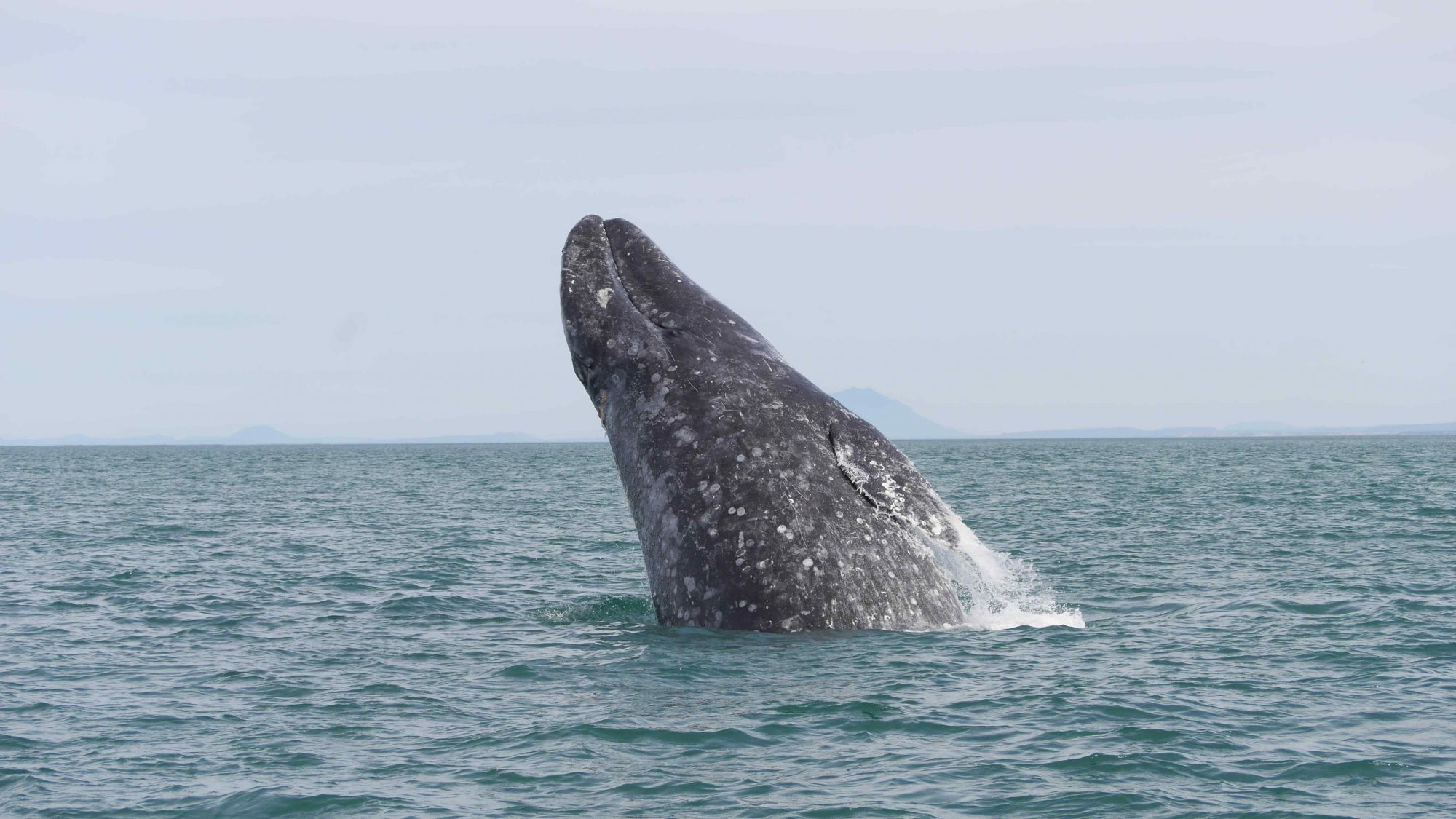



After a day back in civilization it was time to say farewell to my fellow travel companion. Before parting ways, Steve and I had plotted a backroad route for me to drive from Loreto on the East coast, across the mountains and through a couple of oasis villages with beautiful old missions, that would eventually take me to Scorpion Bay in San Juanico on the West coast. That all sounded fine and dandy in theory. Practice on the other hand turned out to be a whole other thing. Turns out, Despite having a GPS, even finding the dirt road turn off ended up being a challenge. It was an unmarked and very anonymous entrance. I drove by it 3 times before I thought, oh-what-the-heck, let’s see where this road leads.
Tip# 4. It can be a good idea to resupply the night before your next leg so that you can get an early start. Particularly when traveling off the pavement, road conditions can quickly deteriorate and slow you down. What you anticipate to be a short leisurely drive can easily turn into an unplanned overnight stop if you don’t pad your driving schedule sufficiently. After passing through the El Horno Wildlife Preserve and a little village called San Isidro I had reached the final leg of my cross coastal journey.
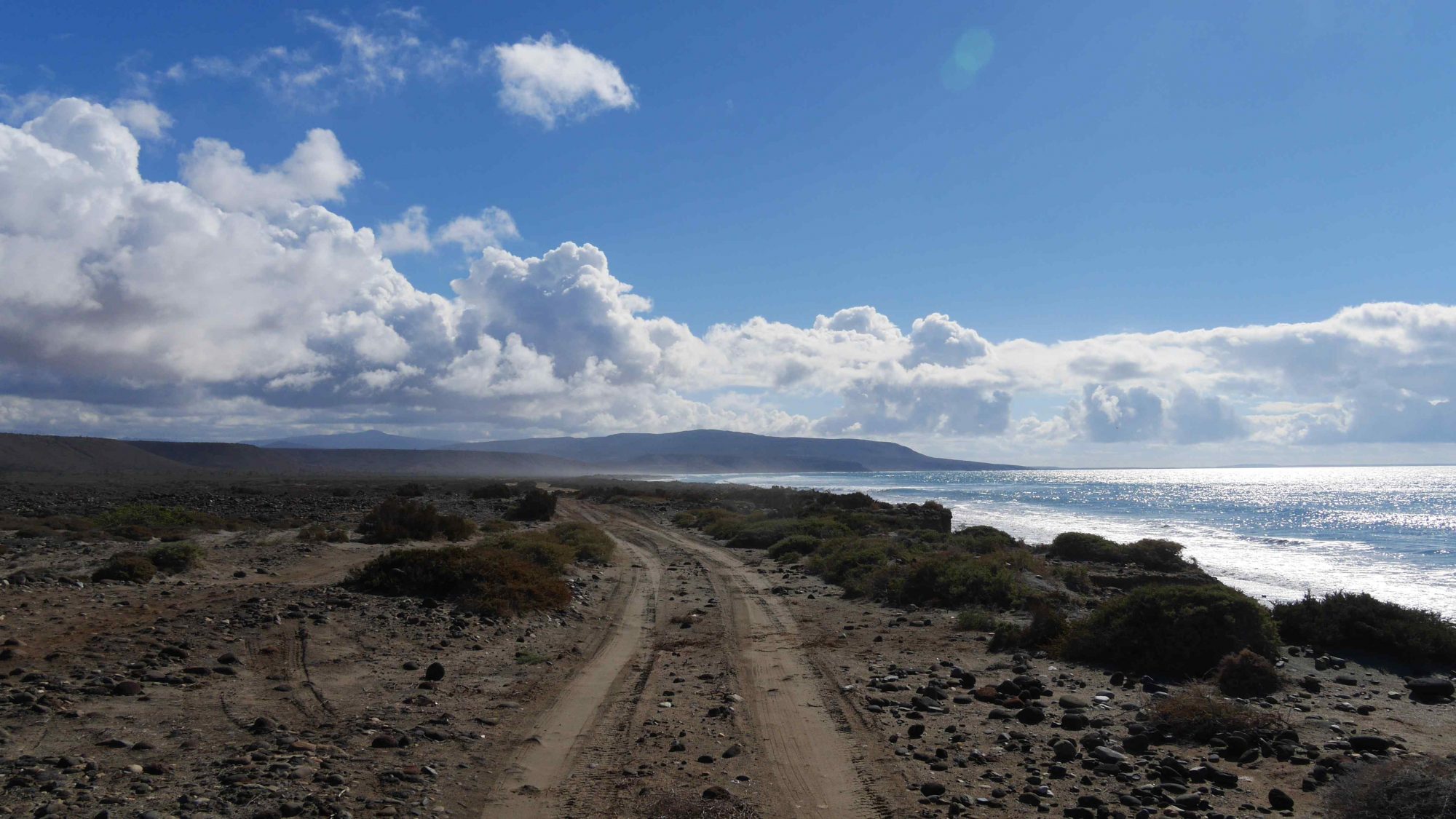
The sun had set and the poor excuse of a road progressively gotten worse. I started to feel like I was getting close to reaching my daily quota for adventure. I had just shooed another reluctant flock of cows off the road when a dog came running out of nowhere, barking while chasing my truck. With impeccable timing, moments later the road ended in what can only be described as a rock quarry. “Uh, now what?”, I thought to myself, anticipating a less than pleasant end to the evening. I backtracked a little while scanning for a turn off and there it was. It was so steep that it blended into the ditch. I was relieved to have re-discovered the route and soon enough my efforts would be rewarded and I would be back on paved roads again.
San Juanico is a small, sleepy village that is well known due to its excellent surfing. If you drive through it towards the ocean you end up at Scorpion Bay (http://www.scorpionbay.net) which is a Cantina and campground that is located right on the bluffs of the Pacific Ocean. The surfing here is seasonal so plan ahead if this is your sole purpose for visiting.




The drive from San Juanico to the San Ignacio Lagoon can only be described as great, great fun. A mixture of gravel and sand roads takes you through a desert landscape with a slightly more coastal influence. At one point the road appears to dead end at a farm. I’ve named it the “Gringo toll booth”. An old man will come out and hand you a note, asking for gas, water or money. Give him a donation and he will let you pass through what appears to be his cattle pen where the road continues. It is not entirely uncommon for backcountry routes to pass through personal properly like this.

Tip# 5. Plan to spend the night at Ecoturismo Kuyima (http://www.kuyima.com) so that you can do a whale watching tour the next morning. The campground is beautifully located right on the lagoon shore and as the sun set and the wind died down I could clearly hear the gray whales and their calves blowing spouts out of the water. Falling asleep to whale frolic is not something I had ever expected to check of my bucket list.
After a much too brief overnight stay in Bahia de Los Angeles it was time to start heading north. 17 days sounded like it would be sufficient amount of time but once you’re in Baja you realize its not even close. Most people I met were there for months, not weeks. I had to postpone quite a few destinations until my next trip.

During my reluctant departure I decided to top off my fuel. There are two Pemex stations in Bahia de LA and both of them were unexpectedly out of Diesel fuel. Following a conversation attempt and some gesturing, one of the gas station attendants hopped in my truck and took me to a construction site where I was able to purchase some siphoned diesel at a quite reasonable mark up. I would later find out that gas blockade demonstrations had been prevented fuel trucks from refueling gas stations so almost every gas station northward had run out of gas.

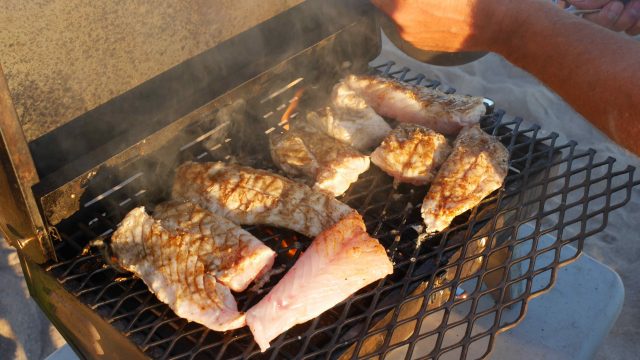
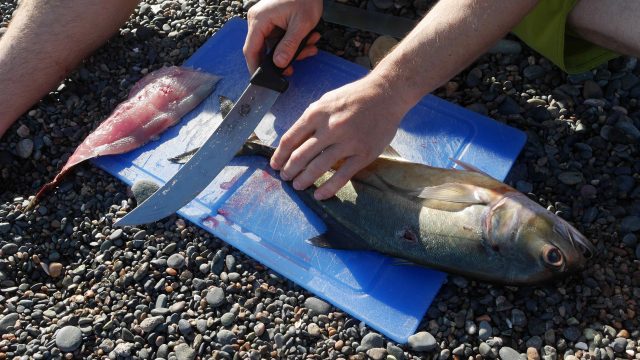
Living costs in Mexico are exceptionally low, with the exception of gas. Gas is also your single biggest expense as a traveler in Baja. The protests were a response to the state owned oil monopoly Pemex decision to raise gas prices by 20% at the beginning of the year. This may not seem like a big deal to us but it was a devastating blow to the locals. Fishermen are dependent on gas for their outboards. No gas means no fish. Luckily I was able to find Diesel at a Pemex station about an hour before reaching San Felipe. I say lucky because when everyone found out about the protests they started stock piling gas, which then ran out quickly. Luckily for me this was not the case with diesel. Tip# 6. It’s not a bad idea to carry extra fuel.

Baja is incredible in so many ways. Its hard not to fall in love with this place when you’ve spent some time down here. Breathtaking beauty around every corner with an almost infinite number of options for backroad adventures. Not to mention the wildlife, the food and last but certainly not least, the people. Baja locals are generally warm, welcoming and generous.
I’ll give you an example. One evening I pulled up to set up camp for the night on a beach next to a Mexican family on vacation. They had spent considerable time and effort setting up their tent so when I rolled in and popped up my Air Top in less than 10 seconds, they all burst out laughing. Later in the evening they brought over food to me. On another occasion, Steve and I were stopped at the side of the road airing up our tires and a truck full of farmers pulled over just to check and make sure we weren’t having car trouble. It was a very brief gesture but it made a lasting impression.
Another profound realization when traveling in Baja is how relatively unspoiled it is. Perhaps it is the remoteness that is keeping it protected, perhaps it is the still circulating rumors from 10 years ago that something bad happened somewhere in Baja once. Whatever it is, we should keep it unspoiled. As Overlanders I believe it is our duty to be responsible stewards towards the places that we have the privilege of visiting. “Leave it better than you found it” ought to be the Overlander’s mantra. Finally, to all of my fellow Overlanders who are on the fence but have interest in taking the Baja plunge, I say: What are you waiting for? Don’t take my word for it. Go and find out for yourself! – CJ
Follow Carl’s other adventures on Instagram: @tiktaalik (http://instagram.com/

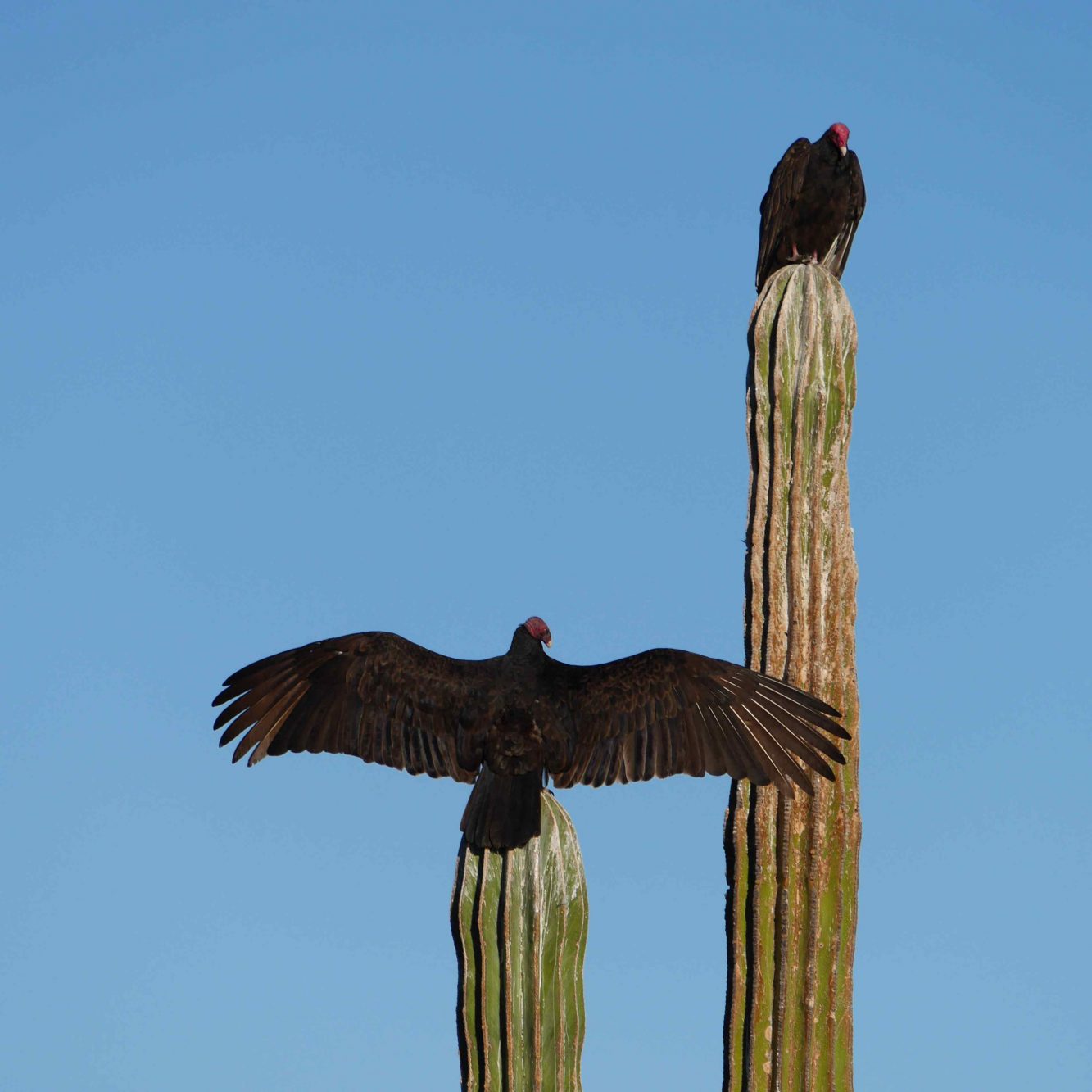


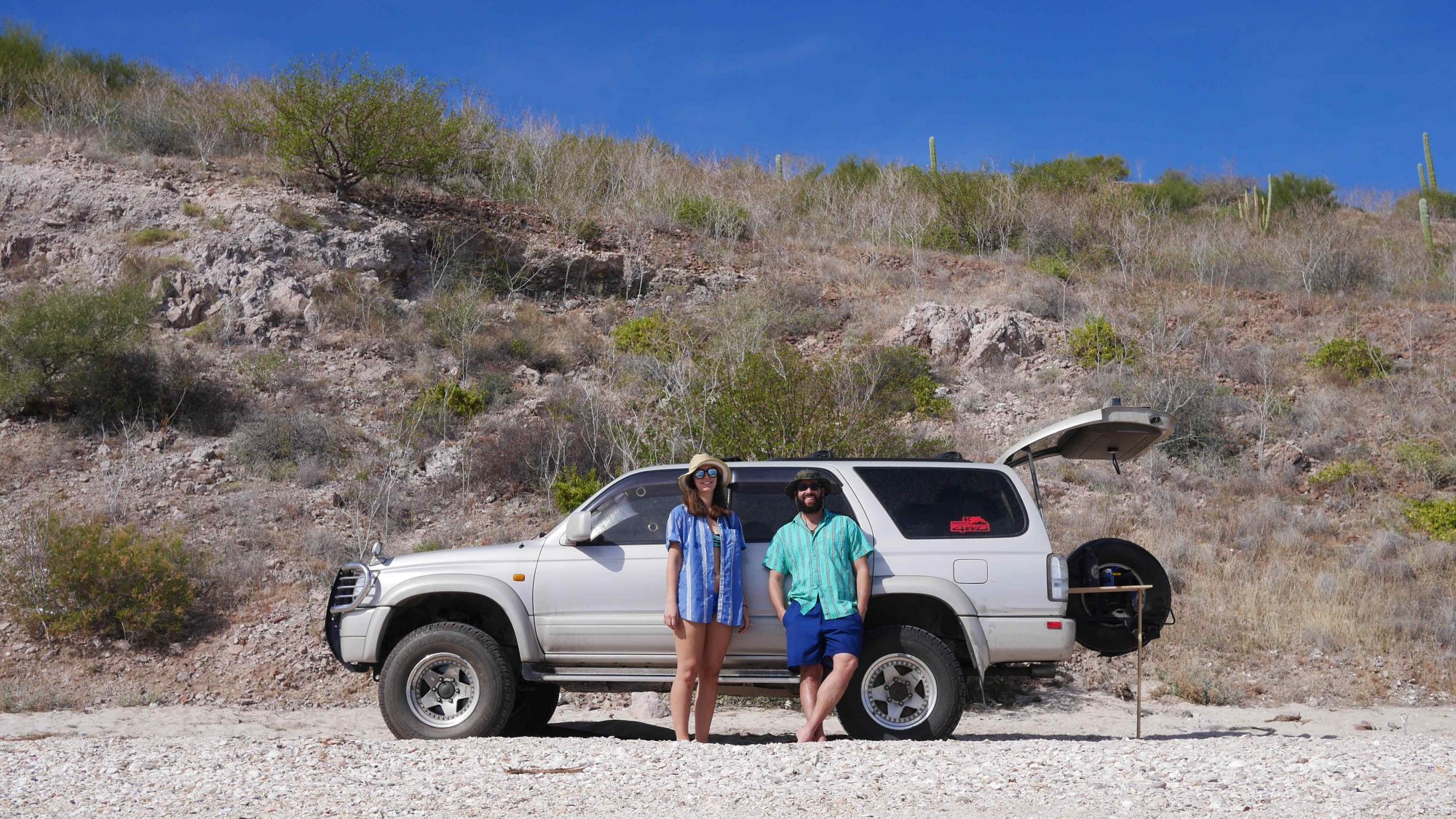










One Comment
family friendly activities south florida
September 28th, 2018 at 11:09 amMost people have mistaken for travelling to be something of the retirees but is not true, because explorations are age unspecific. In fact, it’s fancier